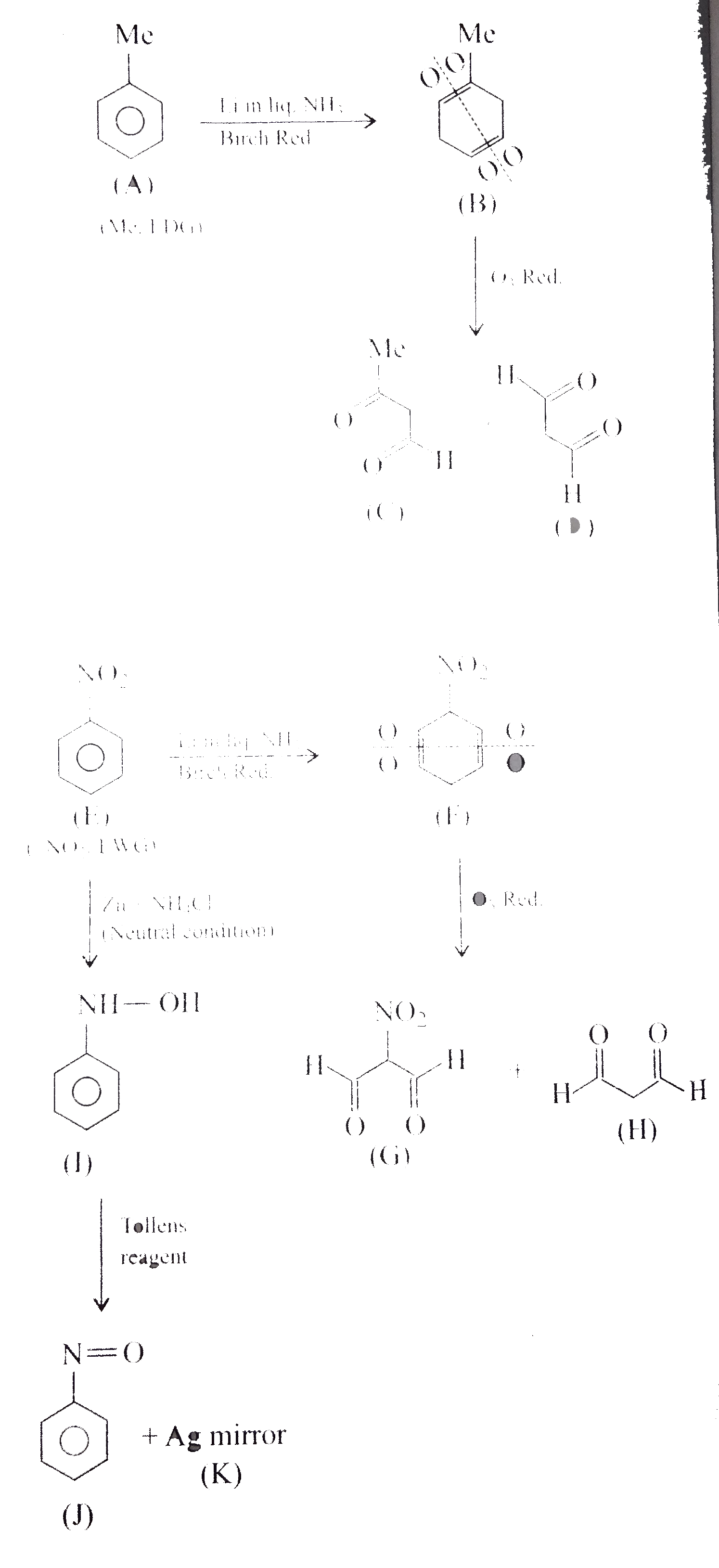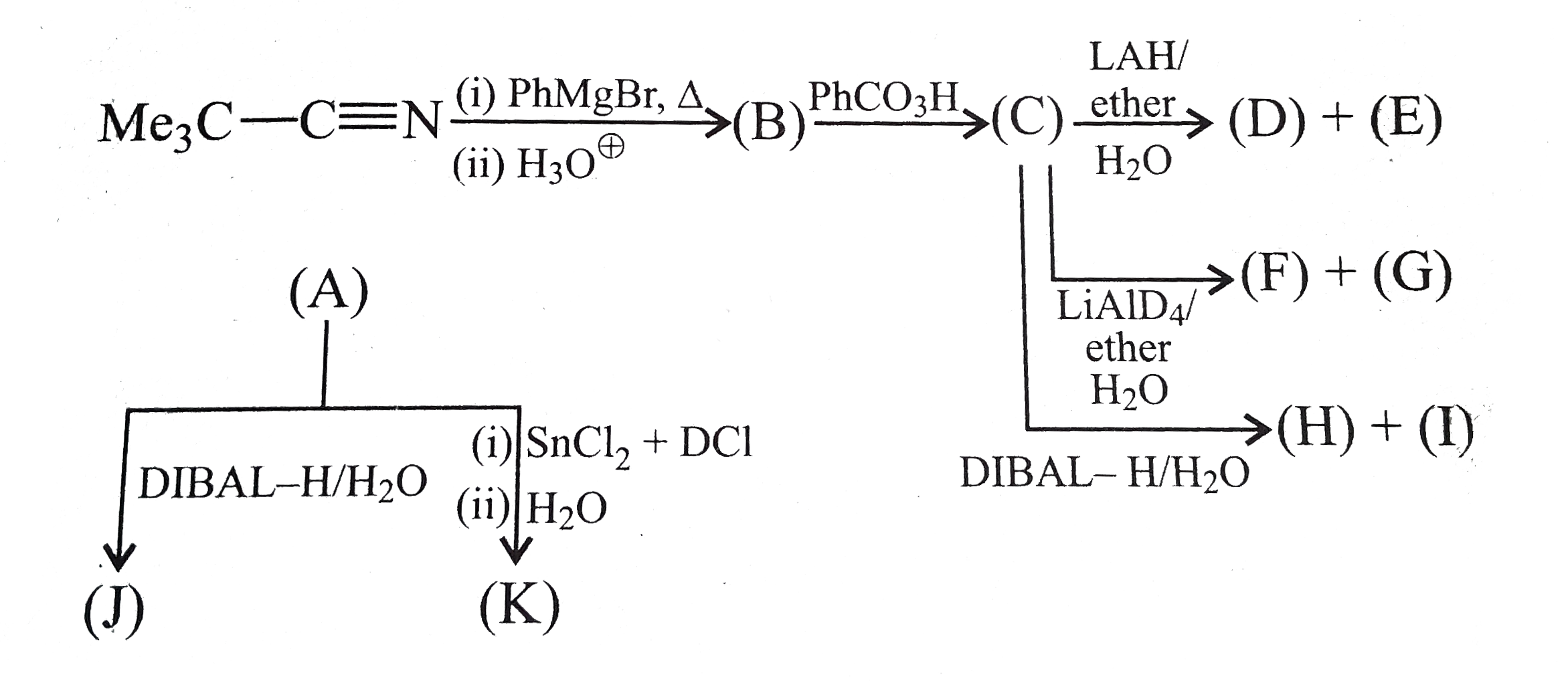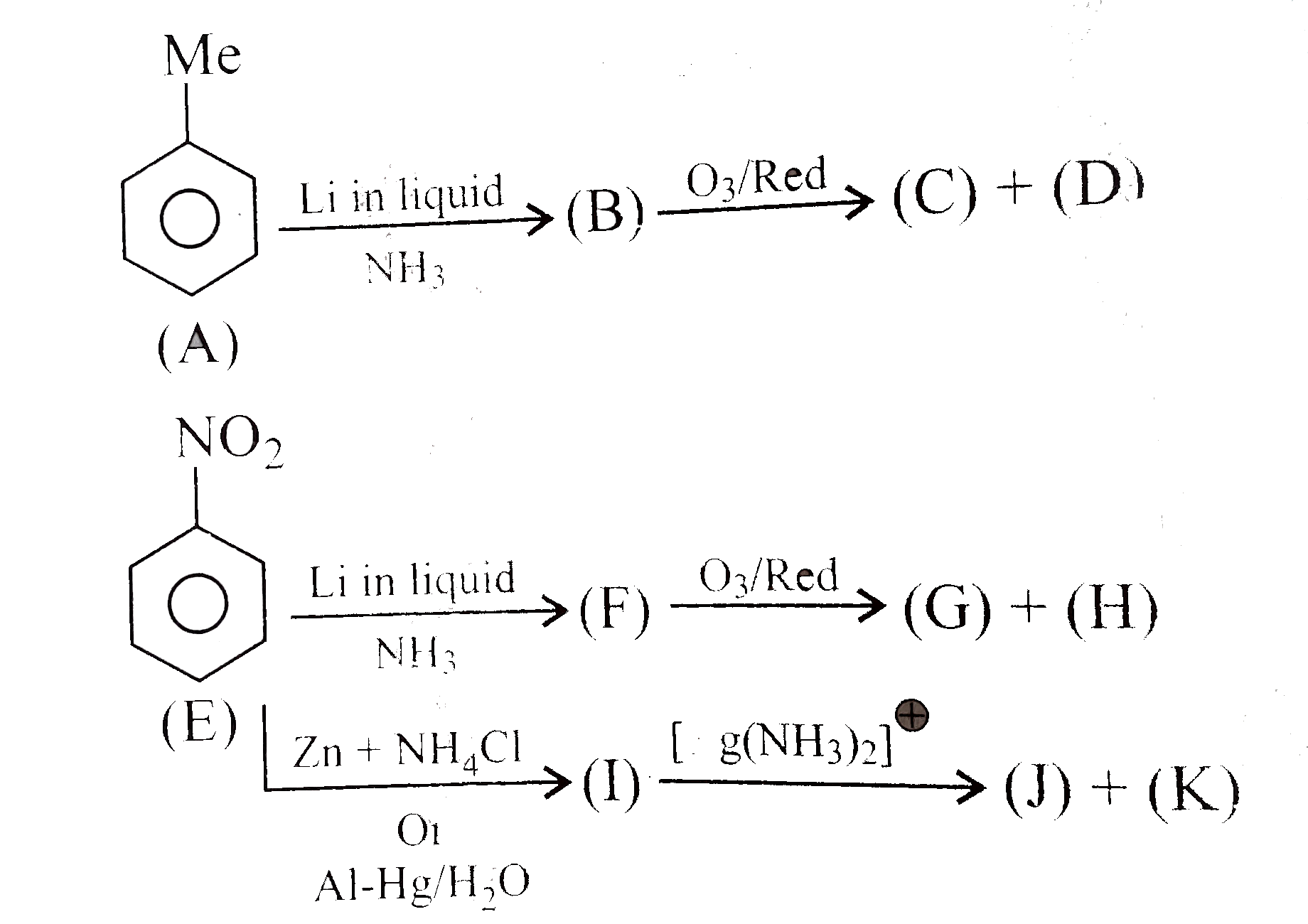
The compound (I) is:
a.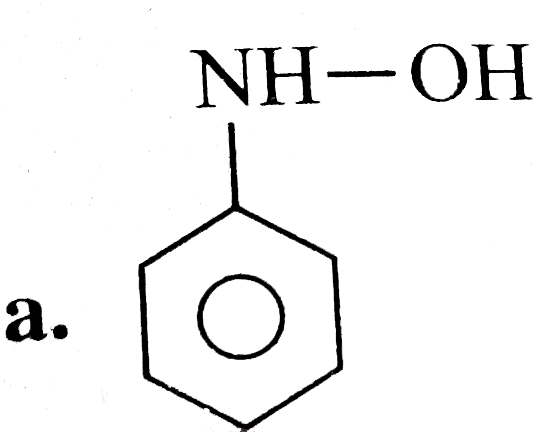
b.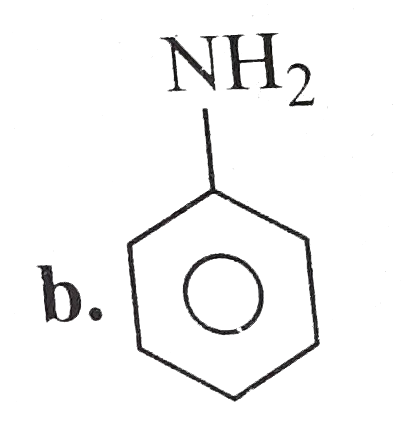
c.
d.
The correct Answer is:A
Topper's Solved these Questions
- REDUCTION AND OXIDATION REACTION OF ORGANIC COMPOUNDSBOOK - CENGAGE CHEMISTRY ENGLISHCHAPTER - REDUCTION AND OXIDATION REACTION OF ORGANIC COMPOUNDSEXERCISE - Exercise (Multiple Correct)
35 Videos
- REDUCTION AND OXIDATION REACTION OF ORGANIC COMPOUNDSBOOK - CENGAGE CHEMISTRY ENGLISHCHAPTER - REDUCTION AND OXIDATION REACTION OF ORGANIC COMPOUNDSEXERCISE - Exercise (Single Correct)
90 Videos
- REDUCTION AND OXIDATION REACTION OF ORGANIC COMPOUNDSBOOK - CENGAGE CHEMISTRY ENGLISHCHAPTER - REDUCTION AND OXIDATION REACTION OF ORGANIC COMPOUNDSEXERCISE - EXERCISES
1 Videos
- QUALITATIVE INORGANIC SALT ANALYSISBOOK - CENGAGE CHEMISTRY ENGLISHCHAPTER - QUALITATIVE INORGANIC SALT ANALYSISEXERCISE - Viva Voce Questions And Part-C (Analysis Of Cations)
42 Videos
- SOLID STATEBOOK - CENGAGE CHEMISTRY ENGLISHCHAPTER - SOLID STATEEXERCISE - Ex 1.2 (Objective)
9 Videos
Similar Questions
Knowledge Check
A tertiary alcohol H upon acid catalysed dehydration gives a product I. Ozonolysis of I leads to compound J and K. Compound J upon reaction with KOH gives benzyl alcohol and a compound L, whereas K on reaction with KOH gives only M.

The structure of compound I is :A B
B C
C D
D
i. Compound (A)
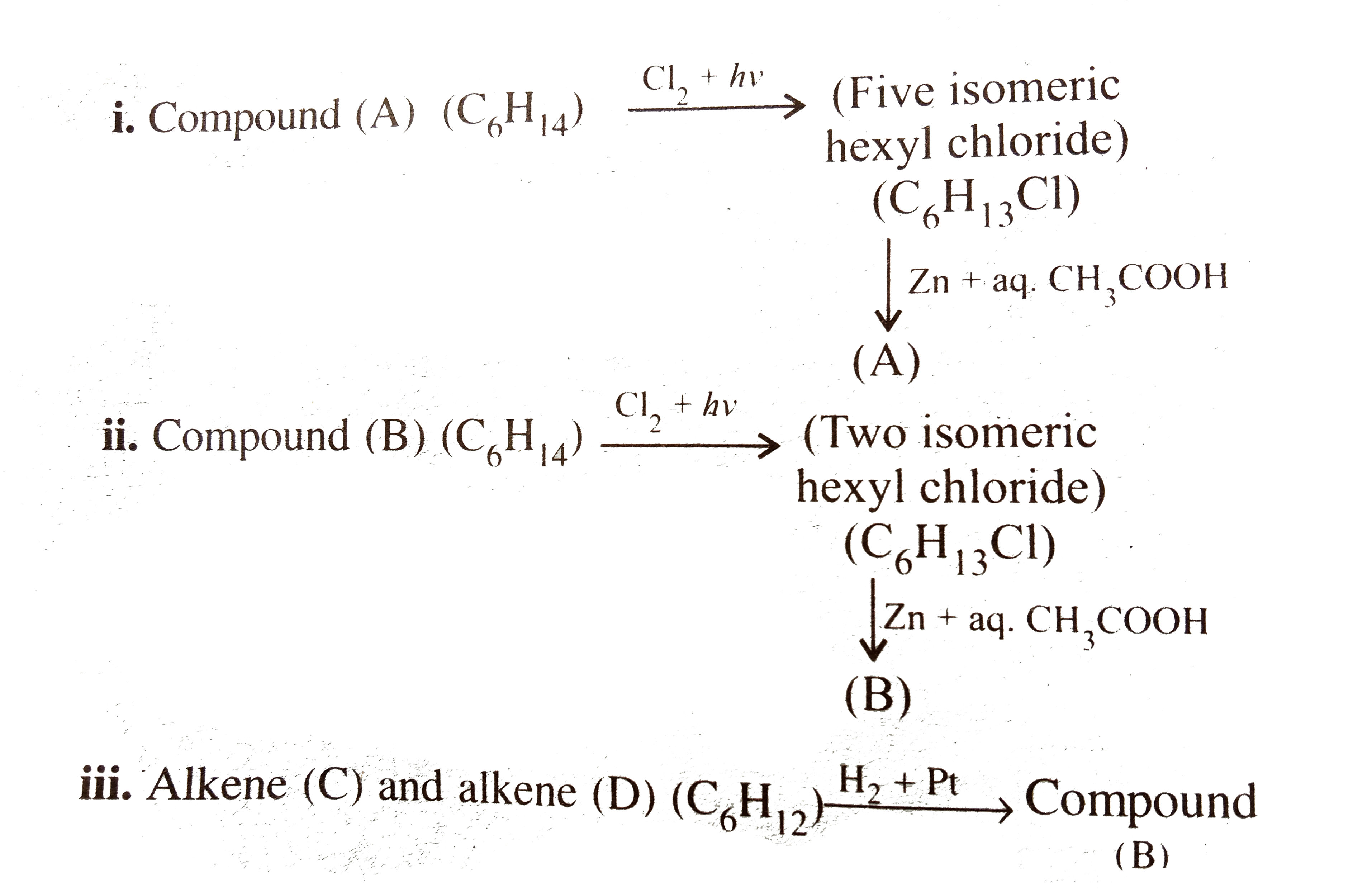
ii. Compound (B)
iii. Alkene (C) and alkane (D)
Compound (A) is:
View Solutioni. Compound (A)
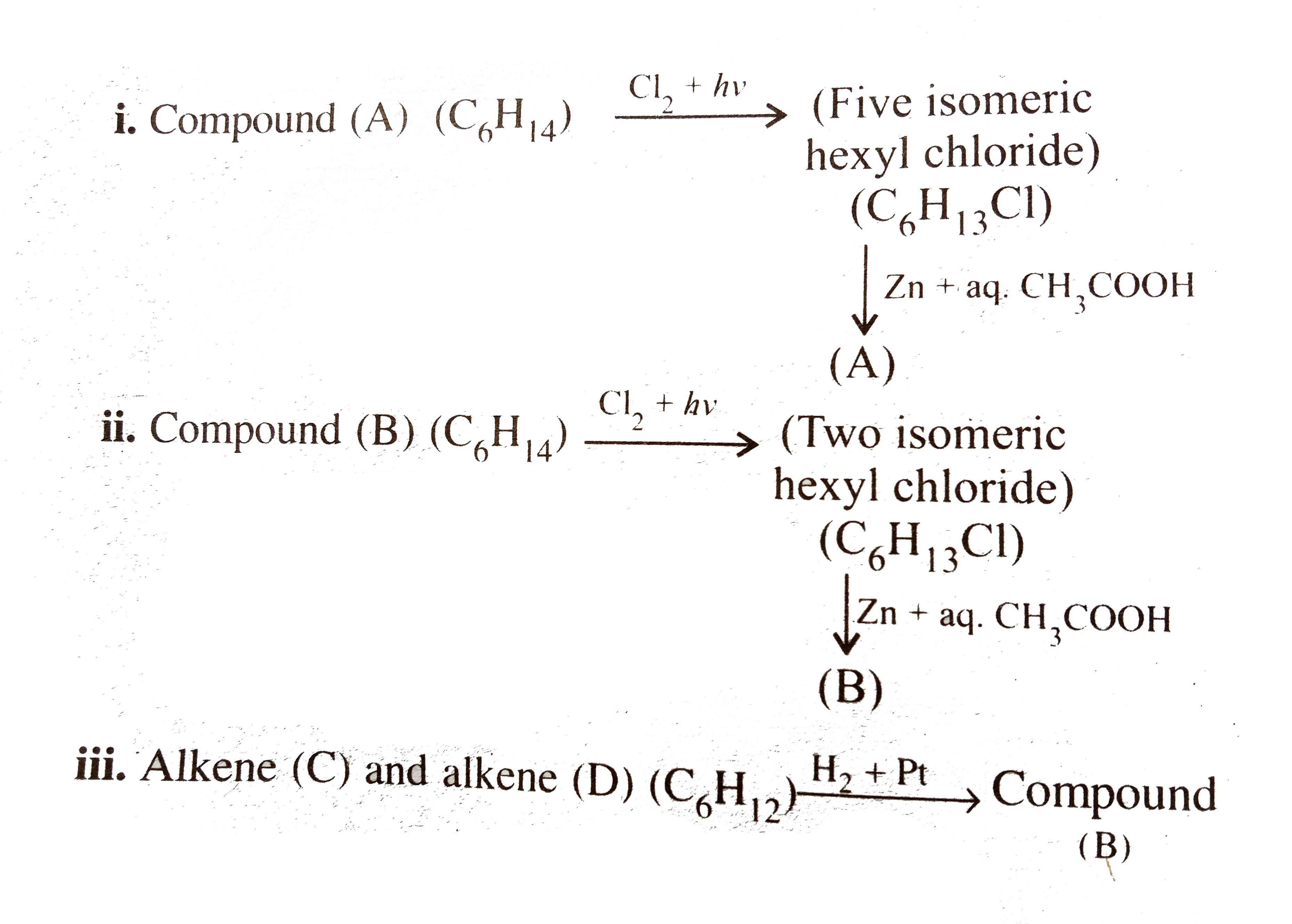
ii. Compound (B)
iii. Alkene (C) and alkane (D)
Compound (A) is:
View SolutionThe two compounds (I) and (II) are related as :
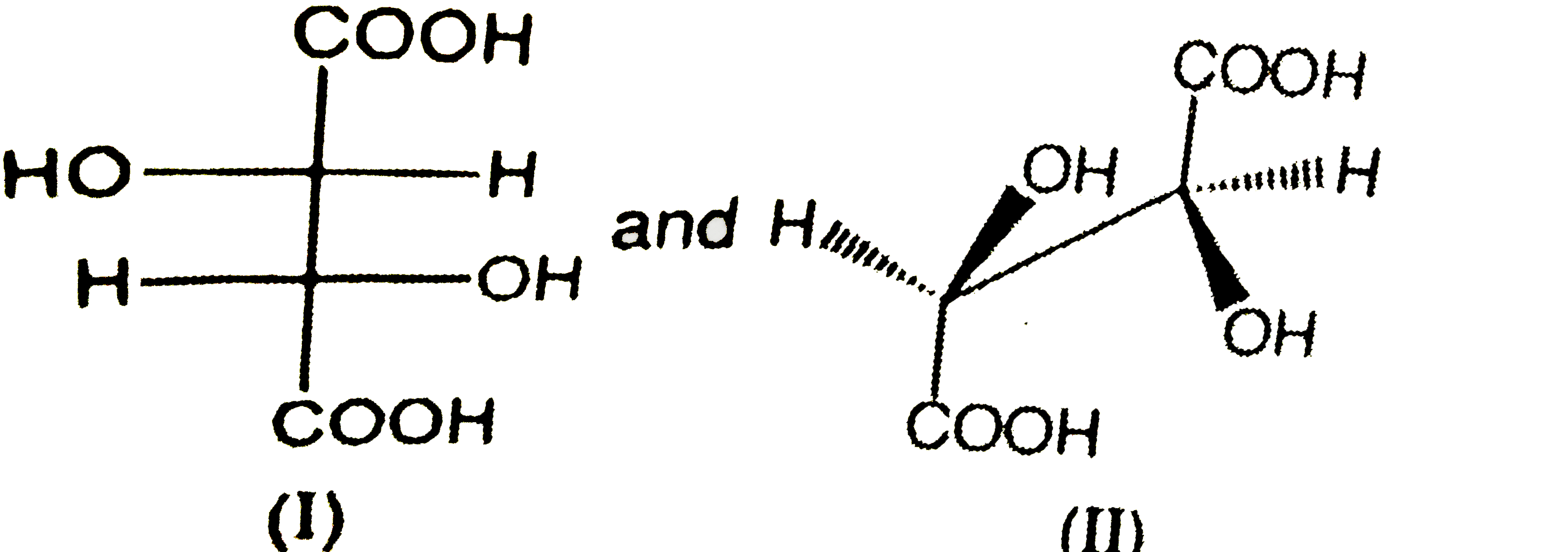
View SolutionStatement-1:

And Statement-2: Lone pair electrons on nitrogen in compound (I) does not participate in resonance.
View Solution(I)
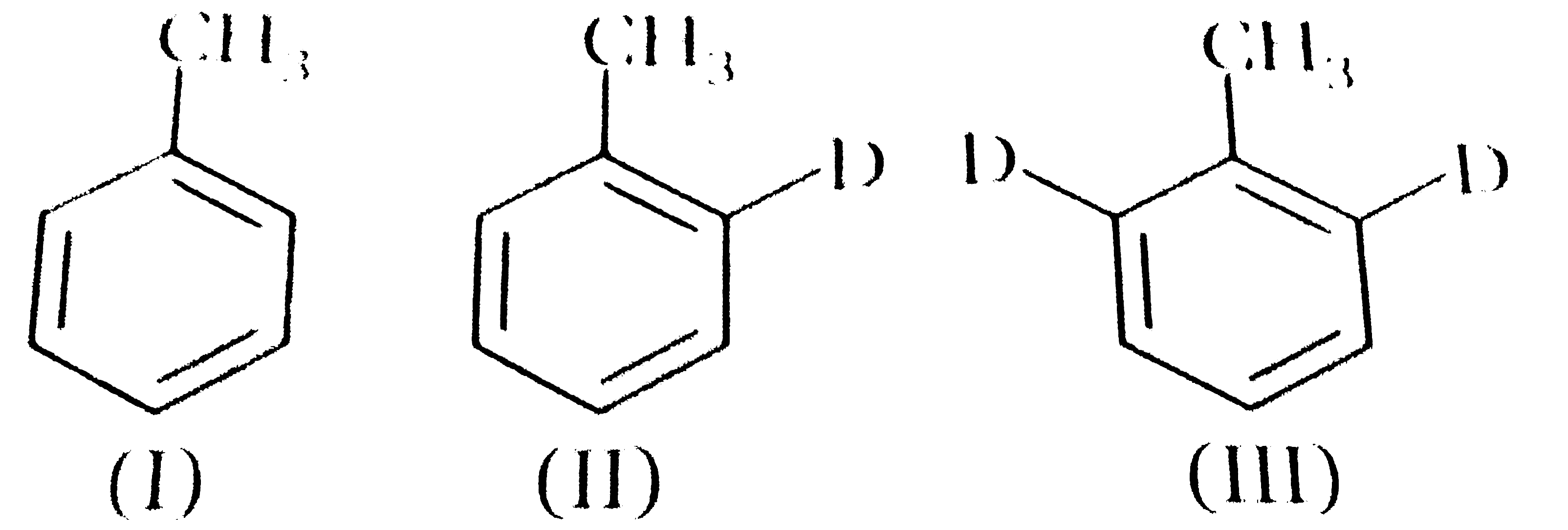
The rate of o−nitration of the above compounds, (I) toluene, (II) 2-D-toluene and (III) 2, 6−D2−toluene is in the following order
View SolutionName the following organic compounds:
i]. The compound with 3 carbon atoms whose functional group is a carboxyl.
ii] The first homologue whose general formula is C2H2n.
iii) The compound that reacts with acetic acid to form ethyl ethanoate.
iv] The compound formed by complete chlorination of ethyne.
View Solution(a) How will you distinguish between the following pairs of compounds:
(i) Aniline and Ethanamine
(ii) Aniline and N-methylaniline
(b) Arrange the following compounds in decreasing order of their boiling point: Butanol, Butanamine, Butanone
View Solution

